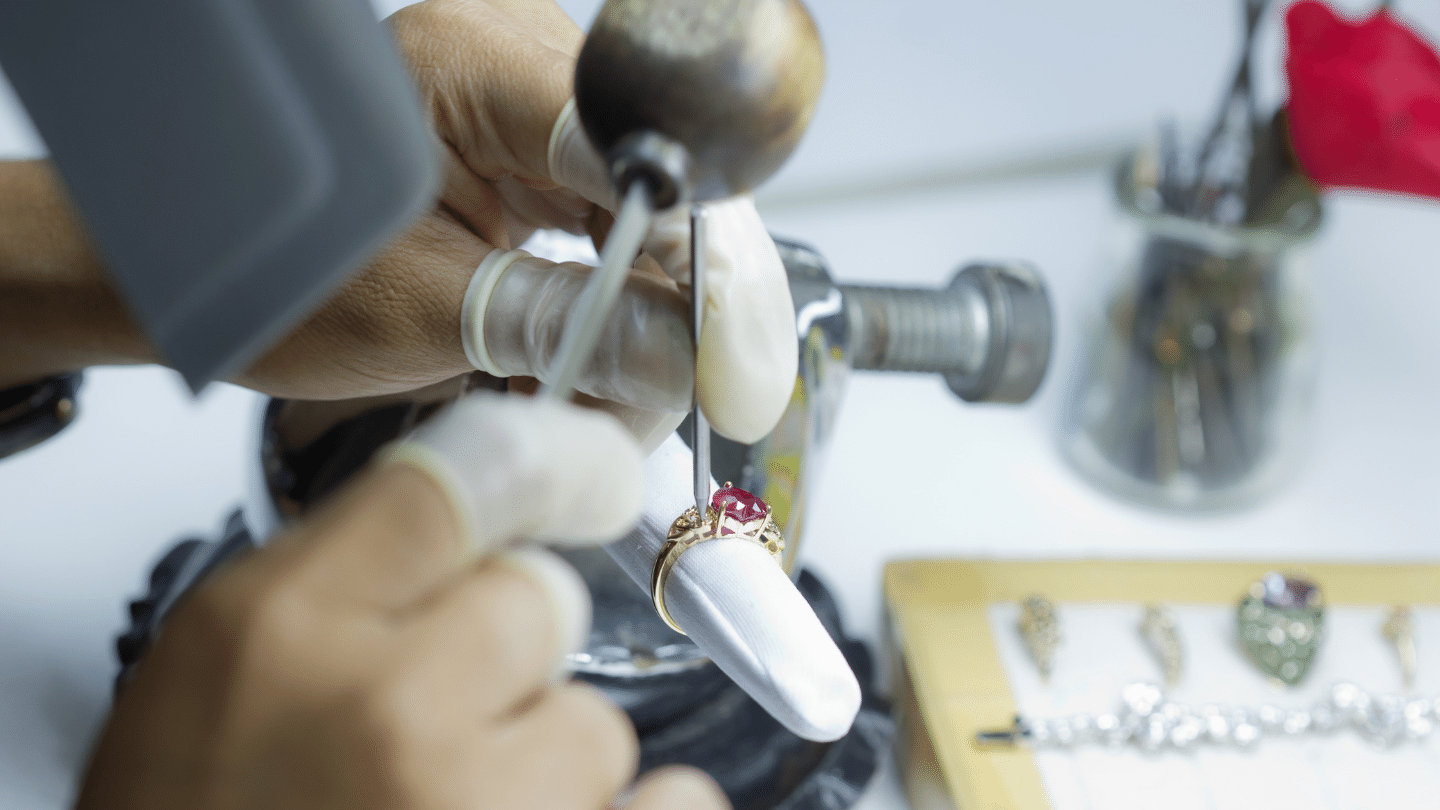
The different stages of the manufacture of a jewel
The design and modeling of a jewel
At first, the creation of the jewelry is done by the drawing of the artisan jeweler. Once put on paper and colored according to the type of stones used. Jewelers generally use gouache paint which helps to sublimate the diamonds and the detail of the stones for the most realistic drawing possible. Now for new creations, we then proceed to the modeling of the jewel in 3D which will create a wax for the realization of the mold. Thanks to computer-aided design tools, the designer is able to create a 3D model with a complexity worthy of precision industries, while respecting the constraints of traditional manufacturing imposed for casting, retrofitting or crimping operations. .
jewelry wax
After obtaining the 3D model, we move on to the printing stage. For this, the jeweler uses a specific wax that can be modeled by hand, which was done traditionally (and therefore for vintage jewelry that you find on 58 Facettes) or using a 3D printer now. This wax model will be used to make the mould.
The wax has a melting point above 100°C, which allows many possibilities that were impossible with the different plastics used before. With this process, a smooth surface and very fine details are obtained with layers 25 microns thick which are perfectly suited to the production of jewelry whose size and shapes are often very complex.
Cast iron
Once the wax model is finished, it is brought to the foundryman so that he can make the body of the ring in the chosen precious metal. The caster then uses the wax tree to create the refractory plaster mould, which is then heated to melt the wax during the dewaxing operation of the mould. The molten metal (gold or silver) will then be poured into the mould. Once the metal has cooled, the craftsman breaks the mold in order to recover the body of the jewel which will then be caught up before proceeding with the crimping of the stones.
Crimping
This step consists in fixing the stone or stones on the structure of the jewel. Setting is truly the art of assembly since the creator can neither glue the stone (this system is not strong enough) nor weld it because the heat would damage the gem. The only option is therefore to position the stone in a small specially dug cavity and then fold down the metal that surrounds it to hold it in place. The jewel can be set in several ways: closed setting, prong setting, rail setting, grain setting... Each setting adapts to the shape of the stone as well as to the design of the jewel so that the result is as aesthetic as possible. .
polishing
The finishes are a crucial moment in the manufacture of a piece of jewellery. Indeed, a poorly done or insufficiently worked polishing will have the effect of causing the creation to lose a good part of its cachet and its power of shine. The inside and outside of the piece are polished with a blade to remove any possible roughness present on the surface, then the jewel is passed through high-pressure steam to remove traces of dust and grease and thus ensure a perfect finish. Once the metal is perfectly shiny, the polisher can give each creation a sandblasted finish or a satin finish, depending on the appearance that the designer wishes to give to the jewel.
Punching
The punch of a precious metal jewel (gold, silver or platinum) guarantees the purity of the metal. Punching is done using a hammer which leaves the punch. There are many hallmarks for gold depending on its purity: 999, 750, 585, 375...
The big houses highlight all its stages during exhibitions, events during open houses, etc… because excellence and their know-how are part of their values. Van Cleef & Arpels, Chaumet, Cartier in particular amazed us on these “hands of gold” by their sumptuous events.